In the fossil community, there has been much discussion about the connection between amateur and professional paleontologists, especially in light of new legislation that may restrict amateur collecting opportunities on government land. This blog post will not venture into the debate about that, but rather will focus on a recent example of collaboration between amateurs (Dry Dredger members) and professionals. This example highlights the value to science of having amateurs in the field making paleontology discoveries and then sharing those with professionals.
Collecting specimens for a UC research project
In previous blog posts, I discussed two areas of collaboration with Dr. Carl Brett (UC) on material from the Massie Shale of New Point Stone in Ripley County, Indiana:
* collecting cystoid holdfasts (thecal attachments) for study (March 10, 2016 blog post, Collaboration between amateur and professional paleontologists 3; http://www.drydredgers.org/blog/wp/2016/03/collaboration-between-amateur-and-professional-paleontologists-3/);
* collecting echinoderm columnals (stems) for study of parasitic bore holes (December 22, 2015 blog post, Silurian Massie Shale field trips; http://www.drydredgers.org/blog/wp/2015/12/silurian-massie-shale-field-trips/).
Recently, I returned twice to collect the Massie Shale. An objective was to collect more echinoderm columnals for Dr. Brett’s studies on parasitic borings.
On previous trips (accumulating approximately 2000 stems), I’d simply collected them from the quarry spoil piles, not differentiating what type of matrix they came from. On the recent two trips, I collected specimens into two separate categories: those from the limestone/bioherms vs. those from the shale. Dr. Brett plans to sort the columnals by species and then determine the occurrence, distribution, size, etc. of parasitic borings. Something to keep him occupied this spring.
Regarding cystoid holdfasts in the Massie Shale, there is a single exposure of them in the quarry, on a hard-ground ledge that has weathered for many years. On my most recent trip, I noted that this holdfast ledge was “under assault” by heavy equipment. While there is value in leaving a few of the holdfasts in situ for study in their natural environment, I feared they might be destroyed by the new activity. So I quickly re-located a few holdfasts (most likely Holocystites) discovered on previous trips and cut them out of the ground with a gas-powered cut-off saw (“rock saw”) to save them from certain destruction. These will be going to Dr. Brett for his study collection.
The quarry has not opened any new Massie Shale exposures in a long time. Other than echinoderm columnals, the old spoil piles now only grudgingly reveal additional material with each rain storm. Hopefully a new exposure of shale will occur in the near future.
Don Bissett

A long-time member of the Dry Dredgers, I’ve been collecting fossils ever since moving to Cincinnati in 1975 to work at P&G. I was introduced to fossil collecting by Bruce Gibson, another Dry Dredger and co-worker at P&G. Shortly after that, I met Dredger Dan Cooper. Both of them taught me a lot about the hobby. Ever since, I’ve been hooked on fossils.
My primary focus is collecting trilobites and echinoderms, though I often find myself accumulating a much wider assortment of fossils. Beyond the collecting hobby, I’ve also had the opportunity to work with professional paleontologists – extremely rewarding experiences. Some of those have been described in Dry Dredger Bulletin articles, MAPS (Mid-American Paleontology Society) articles, and technical publications. I plan to share more about collecting and professional interactions in my blog posts.Latest posts by Don Bissett (see all)
- Massie Shale Calymene - January 4, 2021
- Mississippian starfish - November 13, 2020
- Walcott-Rust Starfish - October 25, 2020
- Spathacalymene - September 20, 2020
- Penn Dixie Dig with the Experts 2018 - May 27, 2018

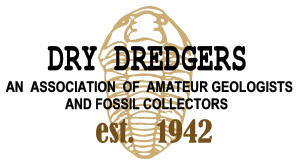



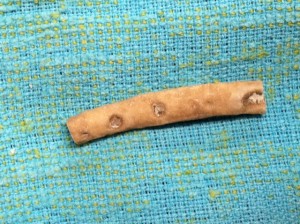
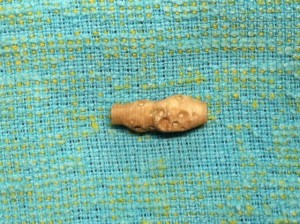
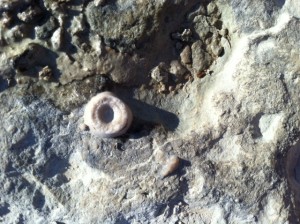
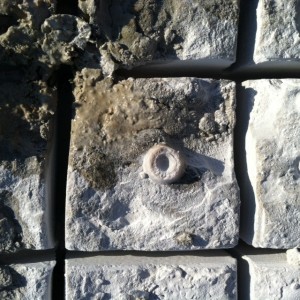
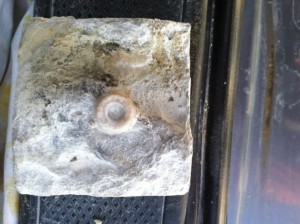
Thanks for the post.Really looking forward to read more. Will read on dkgdcdcefdacadea